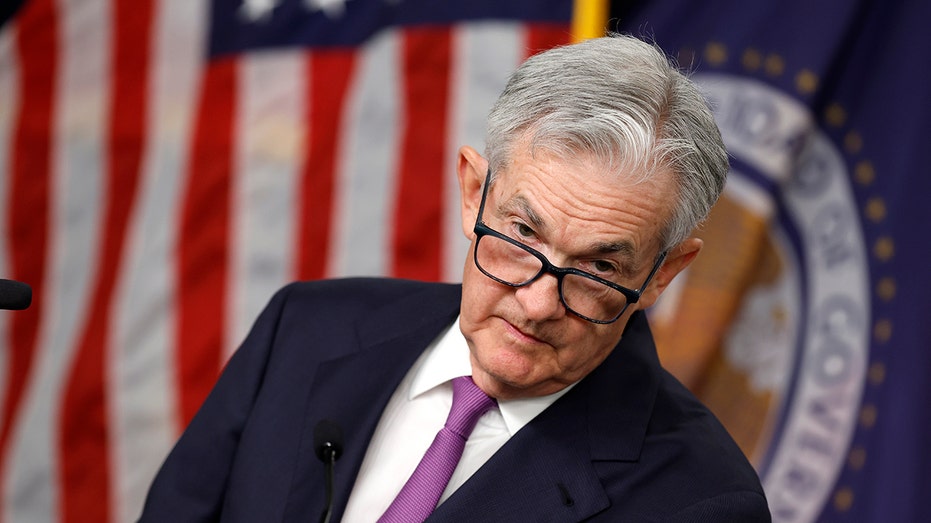Market Rebellion co-founder Pete Najarian discusses delayed rate cuts by the Fed, inflation and U.S. markets.
A string of hotter-than-expected inflation data since the start of the year has diminished the odds of an immediate interest rate cut by the Federal Reserve.
The consumer price index, a broad measure of the price of everyday goods including gasoline, groceries and rent, rose sharply in March for the third straight month, rattling investors and triggering a broad market sell-off.
Fed Chair Jerome Powell cautioned that persistently elevated inflation will likely force policymakers to delay rate cuts until later this year.
“More recent data shows solid growth and continued strength in the labor market, but also a lack of further progress so far this year on returning to our 2% inflation goal,” the Fed chief said during a panel discussion on Tuesday.
FED’S POWELL SAYS INFLATION DATA THIS YEAR SHOWS A ‘LACK OF PROGRESS’

Pedestrians near the US Treasury building in Washington, DC, US, on Friday, Dec. 30, 2022. (Photographer: Ting Shen/Bloomberg via Getty Images / Getty Images)
The surprisingly strong inflation data, combined with Powell’s hawkish comments, have nearly eliminated the odds of a May rate cut. They also further reduced the likelihood of a June cut to just 18.8%, according to the CME Group’s FedWatch tool, which tracks trading.
Policymakers raised interest rates sharply in 2022 and 2023 to the highest level since the 1980s in a bid to slow the economy and cool inflation. Fed officials are now grappling with when they should take their foot off the brake.
Powell said Tuesday that policymakers will “maintain the current level of restriction for as long as needed” until price pressures are tamed, opening the door to a higher-for-longer stance.
401(K) ‘HARDSHIP’ WITHDRAWALS SURGE TO ANOTHER RECORD AS HIGH INFLATION STINGS
“The recent data have clearly not given us greater confidence, and instead indicate that it’s likely to take longer than expected to achieve that confidence,” he said. “That said, we think policy is well positioned to handle the risks that we face.”

Federal Reserve Chairman Jerome Powell speaks during a news conference after a Federal Open Market Committee meeting on Sept. 20, 2023, at the Federal Reserve in Washington, D.C. ((Photo by Chip Somodevilla/Getty Images) / Getty Images)
The Federal Open Market Committee in March voted to hold rates steady at a range of 5.25% to 5.5%, the highest level in 22 years. Officials also signaled that three rate cuts are still likely this year, but reiterated that the timing of those reductions hinges on the inflation trajectory.
Officials will hold their next meeting on April 31-May 1.
GET FOX BUSINESS ON THE GO BY CLICKING HERE
Most investors now expect the Fed to begin cutting rates in September and are penciling in just two reductions this year – a dramatic shift from the start of the year, when they anticipated six rate cuts beginning as soon as March.
“Fed Chair Powell moved more decidedly in a hawkish direction as he essentially underscored that the downward trajectory of inflation has essentially stalled,” said Quincy Krosby, chief global strategist for LPL Financial. “Moreover, he made it clear – rather than his more ambiguous stance regarding a rate easing timetable – that the ‘higher for longer’ narrative remains intact.”



